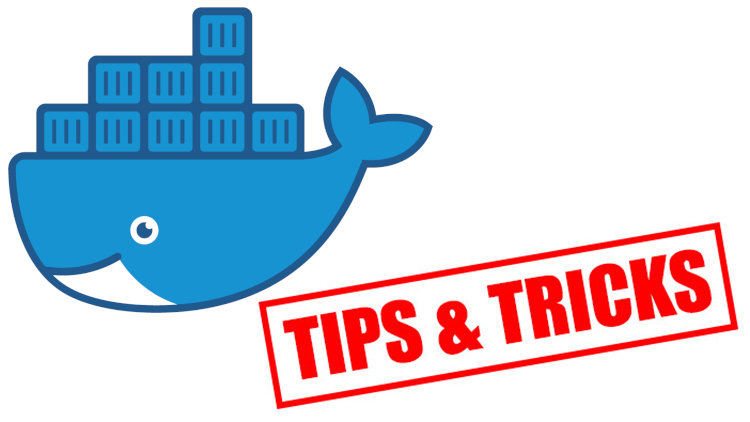I am happy to announce that InterSystems API Manager is now generally available. InterSystems API Manager (IAM) is a new feature of the InterSystems IRIS Data Platform™, enabling you to monitor, control and govern traffic to and from web-based APIs within your IT infrastructure.


